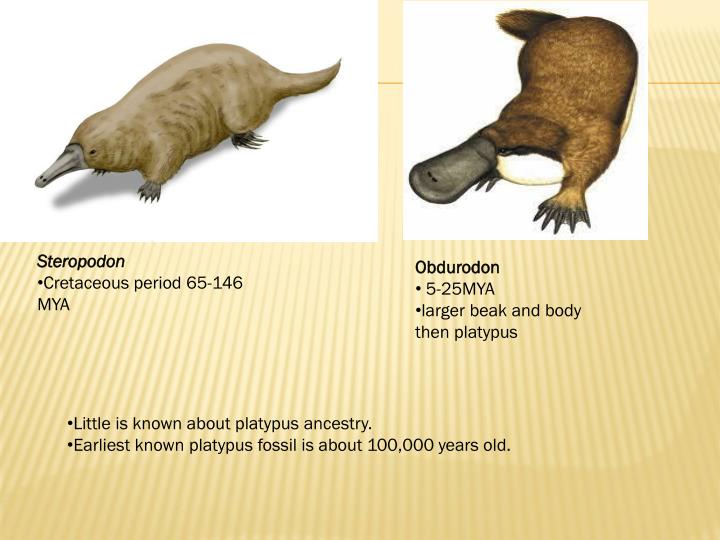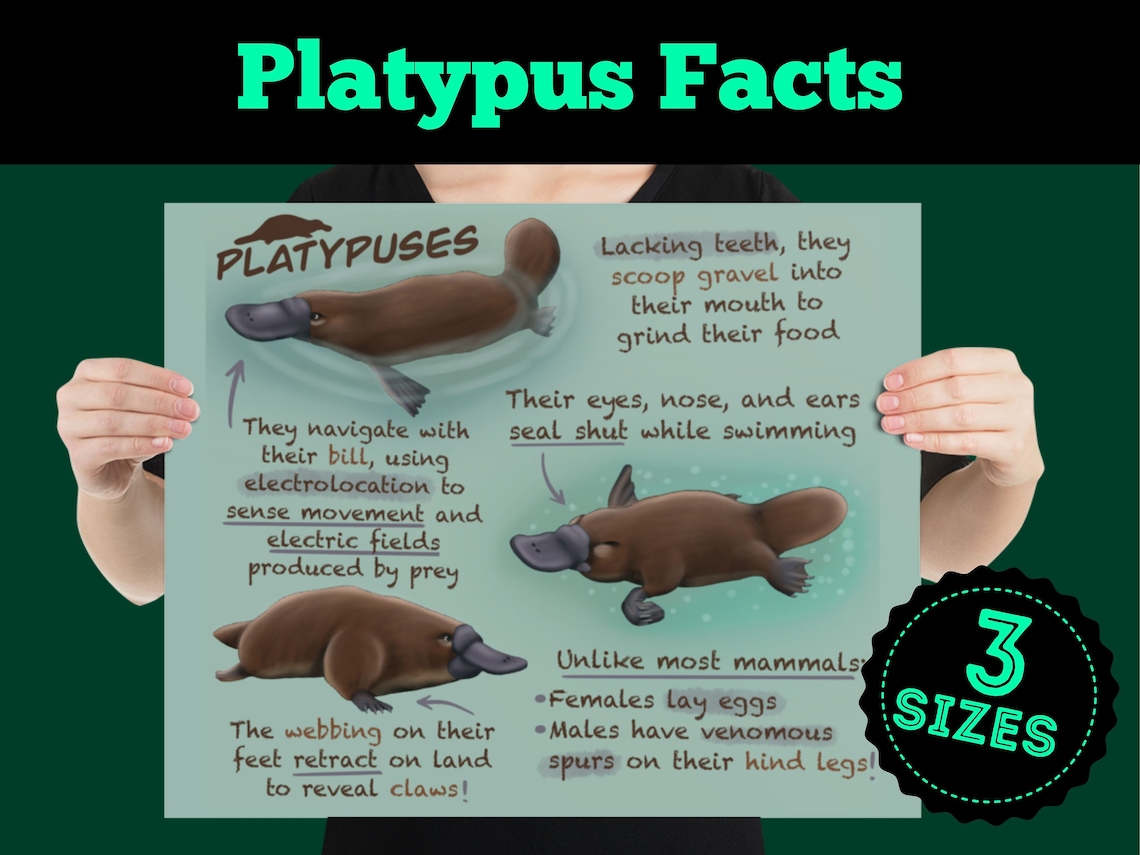
Females make a burrow to nest their eggs in.They don’t have nipples so their young suck milk from the fur around the mother’s mammary glands. However, they do nurse their babies after birth and provide them with milk. In reproduction, female platypuses are unlike most mammals because they lay eggs.They can be found on logs or in the water grooming themselves. Platypuses are known to pay attention to their grooming.A platypus tail is mainly used for four things: 1) to store fat in case of food shortage, 2) to push away dirt while digging, 3) to gather leaves and make nests and 4) to incubate eggs. A platypus’ tail may look like a beaver’s tail but its use is different.It is suggested that venom is one of their mechanisms to beat competition during breeding season.

Researchers have found that it is only during mating season when their venom glands gets activated. Unlike most reptiles, their venom is not found in their teeth but in spurs on their ankles. It is a venomous mammal so it’s best not to pet them! Only the males are venomous.

Its esophagus connects directly to the intestines. A platypus needs to eat at least 20% of its total body weight in a day. It gathers food and stores it in its cheek pouches before eating it on the surface. It uses mud and gravel to chew and munch on bits of food that its toothless mouth wouldn’t be able to chew otherwise.

PLATYPUS FACTS DOWNLOAD
See the fact file below for more information on the platypus or alternatively, you can download our 23-page Platypus worksheet pack to utilise within the classroom or home environment. Its bill and feet are like those of a duck’s, its body like that of an otter’s, and its tail like that of a beaver’s. Its physical appearance is very distinct and unique. Download the Platypus Facts & WorksheetsĪ platypus is a carnivorous, semi-aquatic mammal that lays eggs.


 0 kommentar(er)
0 kommentar(er)
